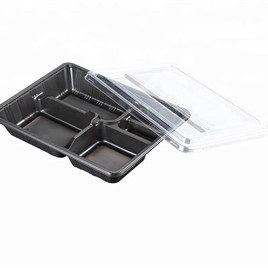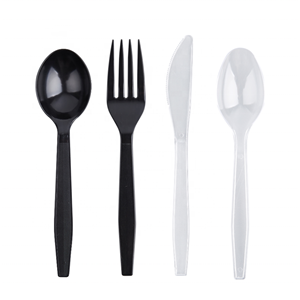Introduction: Foil food containers are a convenient and versatile choice for food packaging, but their safe and proper use is essential to avoid potential risks. In this blog, we delve into safety considerations and best practices when handling and using foil food containers, ensuring that they are utilized effectively in both commercial food service and home settings.
- Safe Handling and Storage When handling foil food containers, it is essential to use gloves or utensils to prevent contact with sharp edges. Sharp edges can result from cutting the foil or opening the container. Additionally, avoid stacking or storing foil containers in a way that could cause denting or bending, as this may compromise their integrity.
- Compatibility with Food Types Foil food containers are suitable for a wide range of food items, including hot and cold dishes. However, acidic or highly alkaline foods, such as those containing tomatoes or citrus, can react with aluminum and affect the taste of the food. To prevent this, consider using parchment paper or a liner for such food items.
- Avoiding Overheating and Microwaving While foil food containers are safe for use in ovens, it’s essential to avoid overheating or cooking acidic or salty foods for extended periods. Prolonged exposure to high temperatures can cause the foil to weaken or react with certain foods. Moreover, avoid microwaving foil containers, as this can lead to sparks and potential fire hazards.
- Proper Recycling and Disposal After use, clean the foil food containers by removing any food residue and flatten them to facilitate recycling. Ensure that the containers are free from contaminants, such as oil or grease, as these can affect the recycling process. If recycling is not available, dispose of used foil containers responsibly in accordance with local waste management guidelines.
Conclusion: Adhering to safety considerations and best practices when handling and using foil food containers ensures that they remain a safe and effective food packaging solution. By promoting safe handling and storage, considering food compatibility, avoiding overheating and microwaving, and practicing proper recycling and disposal, businesses and individuals can maximize the benefits of foil food containers while minimizing potential risks.

















